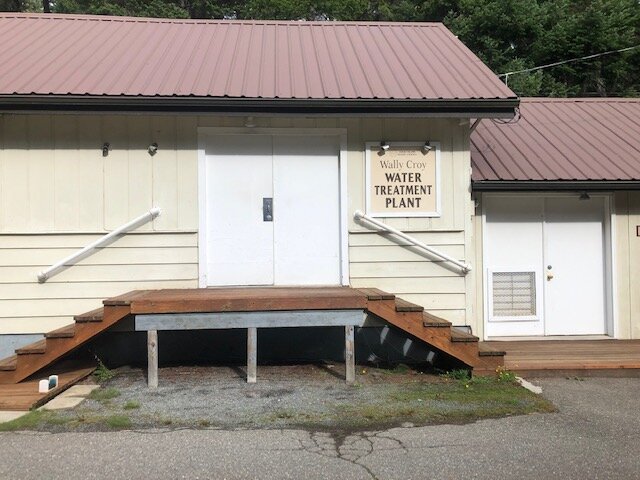Water Treatment Plant Replacement
/Planning for, and replacement of, the water treatment plant has become the Board's primary focus and over the course of the next three years, significant time and money will be expended on this project.
The current water treatment plant has performed well for decades. But changes in the source water in the lake have presented turbidity challenges that the plant was not designed for nor has it been able to meet. Algae growth is suspected as the cause of increased turbidity and testing is underway to determine a definitive cause and establish a protocol for long term tracking. In spite of the expertise of staff, the input of consultants, and the advice of experts at the Department of Health, attempts to modify treatment procedures have failed to resolve the turbidity violations. The repeated water turbidity violations led the Washington State Department of Health to require that LISE enter into a Formal Compliance Agreement specifying actions we must take to return to acceptable water quality and those requirements culminate in a new plant of different design - a membrane filtration system rather than the media (sand) filter system of the current plant.
The planning and permitting process is long and arduous and the Board has retained Wilson Engineering to assist LISE. Wilson has created a timeline and funding plan than begins with an assessment of water system capacity (treatment capacity, supply capacity, and delivery system capacity). Also at this time, planning and permitting of a pilot plant test in the fall of 2021 is intended to confirm that a membrane treatment plant will address the turbidity that our current plant has failed to treat.
If all of this sounds expensive, it is. While several funding sources exist, the most viable is a USDA 40 year loan. Significant expenditures in advance of a loan will be required for planning and permitting and those expenses will be paid from LISE reserves (the funds that we are required to collect in advance and maintain for capital improvements - that is, the physical infrastructure). Will these costs lead to an increase in the dues/fees that members currently pay? Probably yes, but we hope that will mostly be in loan repayment fees - which are currently a relatively small portion of LISE membership ($71/year).
In the coming months, the Board desires, and will be providing ample opportunity for, community input. While the necessity of building a new plant has been established in the Formal Compliance Agreement with the Department of Health, additional decisions must be made regarding plant capacity, funding, potential distribution system upgrades, and the water rate cost structure. The Board will be looking to the community for help in making those decisions.




